Articles
5 Things Netflix’s One Piece Changed for the Better (& 5 for Worse)

Netflix’s live-action One Piece is widely regarded as a very faithful and successful adaptation, which is quite a rare sight. Eiichiro Oda’s close involvement with the series and the positive reception from fans are two very strong indicators of the former, while the fact that a third season is already in production speaks for the series’ success.
Having said that, Netflix’s live-action take on One Piece has certainly had to make some changes to the source material, and for the most part, these changes have been necessary and for the better. At the same time, however, there are certain deviations that fans have been less pleased with, such as the absence of various beloved characters and even changes to the main cast themselves. Either way, for better or for worse, here are all the changes the One Piece live-action has made so far.
10) For Worse: Leaving out Hachi

Hatchan, better known simply as Hachi, is a Fishman first introduced as part of Arlong’s crew. While the role he plays in the Arlong Park is relatively insignificant, leaving Hachi out of the picture entirely could create problems for the live-action series down the line, as the fan-favorite octopus fishman makes a return later during the Sabaody Arc and the Fishman Island Arc as one of the main supporting characters. Admittedly, it’s hard to say if the live-action will ever make it that far, but it’s still quite disappointing that a character so lovable was cut entirely.
9) For Better: Giving Helmeppo’s Hair a Backstory

While this was completely unnecessary, one rather hilarious and entertaining addition to the live-action was the explanation for Helmeppo’s quirky haircut. Helmeppo’s early bowl cut is one of his most distinguishing features, and while it borders on comical, One Piece’s live-action explains the hairdo in an equally comical way with an original scene of Zoro encountering Helmeppo in a bar and cutting his hair.
8) For Worse: Not Giving Genzo His Pinwheel Hat and Cutting Out Momoo

Another major change made in the live-action, this time for the worse, was the exclusion of Genzo’s iconic pinwheel hat. Though it may seem like a tiny design element, anyone who’s seen the original anime knows that Genzo’s pinwheel hat ends up inspiring Luffy to come up with an all-new attack. This attack, called Gum-Gum Windmill, is eventually used against Momoo the sea cow, who was sadly also cut from the live-action as a result, depriving fans of yet another adorable character and a very entertaining little fight.
7) For Better: Casting a Person of Color as Vivi
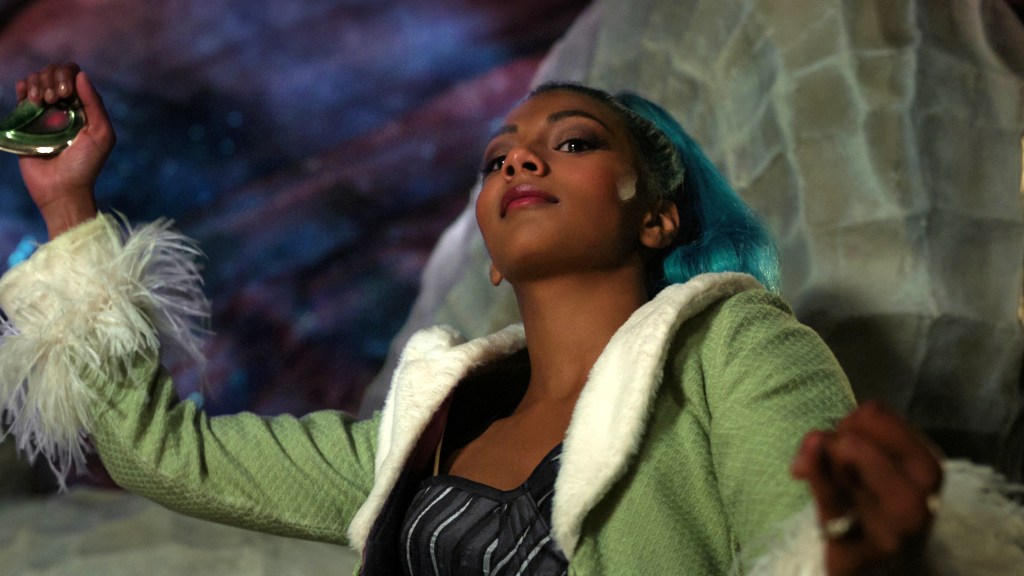
Controversial as the casting may have been, it’s time to face the fact that Charithra Chandran was, at the end of the day, handpicked by One Piece’s creator Eiichiro Oda himself, if not at least approved by him for the role of Vivi. Not to mention, the decision to cast a person of color to play Alabasta’s beloved princess makes sense as the region heavily draws inspiration from not just Egypt and the Middle East but also some aspects of India.
6) For Worse: Combining Arlong Park & Baratie
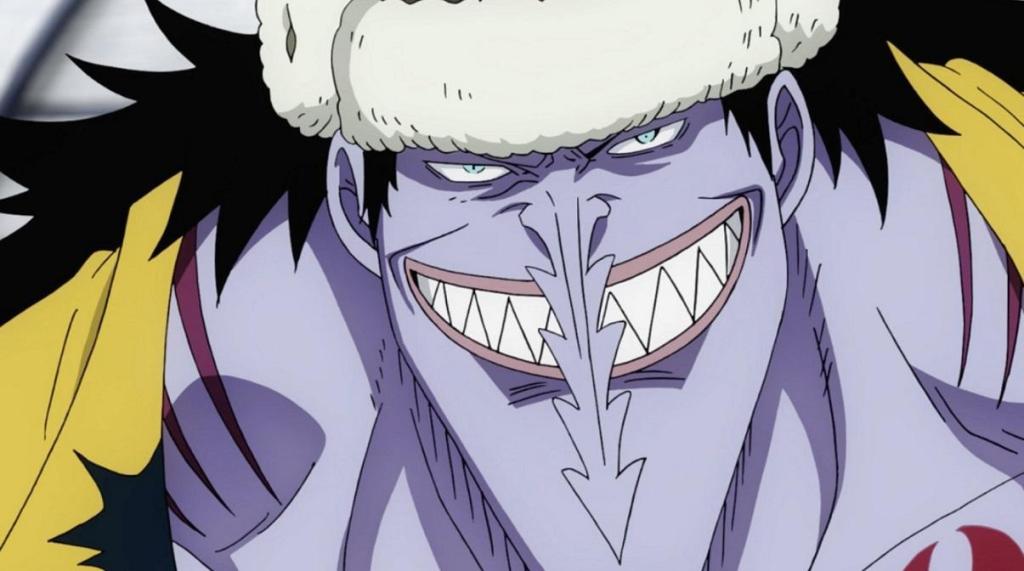
While it is understandable that the live-action already had a lot on its plate in terms of adaptation material, one decision that’s still rather baffling is how Netflix’s live-action One Piece condenses the Arlong Park Arc and the Baratie Arc together. The Baratie Arc seemingly gets the short end of the stick in this deal, coming off as quite rushed. In turn, many of the Baratie Arc’s strongest story beats don’t get the room to shine, save for Zoro’s battle against Mihawk.
5) For Better: Introducing Garp Earlier
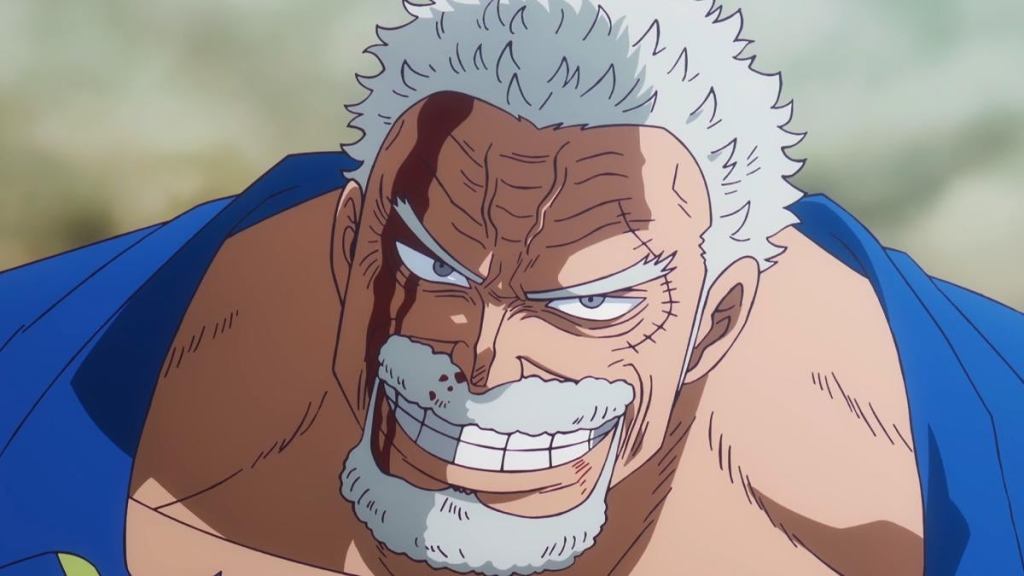
For all the characters that One Piece’s live-action cut out, it does introduce one crucial character much earlier, and for the better. Garp, Luffy’s grandfather and an influential Vice Admiral, is only introduced well into the Alabasta Saga in One Piece’s anime, with the revelation that he’s related to Luffy coming even later during Water Seven. However, introducing Garp earlier in the live-action not only helps keep Koby and Helmeppo more involved in the story but also injects the plot with additional urgency from Garp pursuing the Straw Hats.
4) For Worse: Not Using Any of the Original Musical Motifs
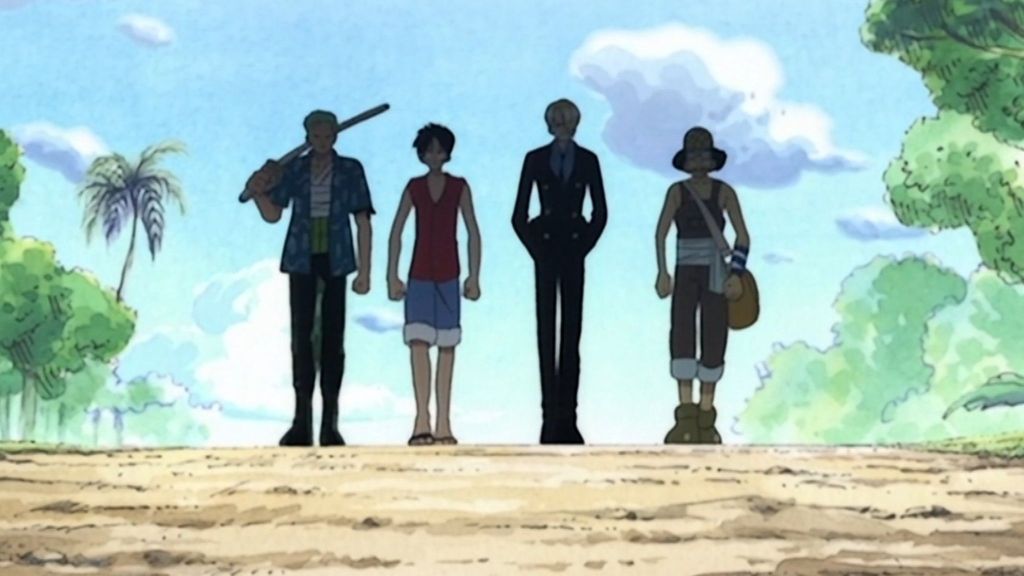
There’s no denying that Netflix’s live-action One Piece features quite a good score that perfectly captures the epic scope of the story and the grandiose nature of the Straw Hats’ adventure. That said, given how a huge chunk of the series’ viewership consists of very nostalgia-driven fans of the anime, it seems like a wasted opportunity that the live-action did not incorporate any of the musical motifs from the original series. One Piece’s score is one that is timeless, with immediately recognizable character motifs, and incorporating some of Kohei Tanaka’s score would have made certain scenes, such as the famous walk to Arlong Park, far more evocative.
3) For Better: Giving Usopp a Realistic Nose
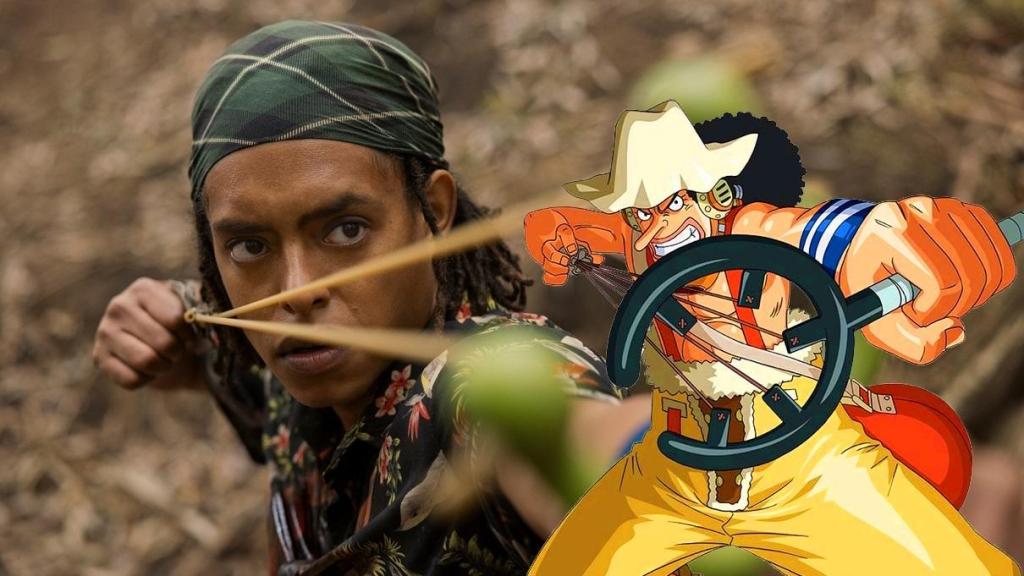
In a world where nearly every power imaginable is a reality, a human with an unnaturally long nose like Usopp might just be the most normal thing in One Piece. However, the live-action adaptation opts instead to give Usopp a very regular nose, and maybe it was for the better after all. While the change does take away from his Pinocchio inspirations, the reason for the change was likely because it would have been comically distracting.
2) For Worse: Leaving Out Chouchou & Gaimon
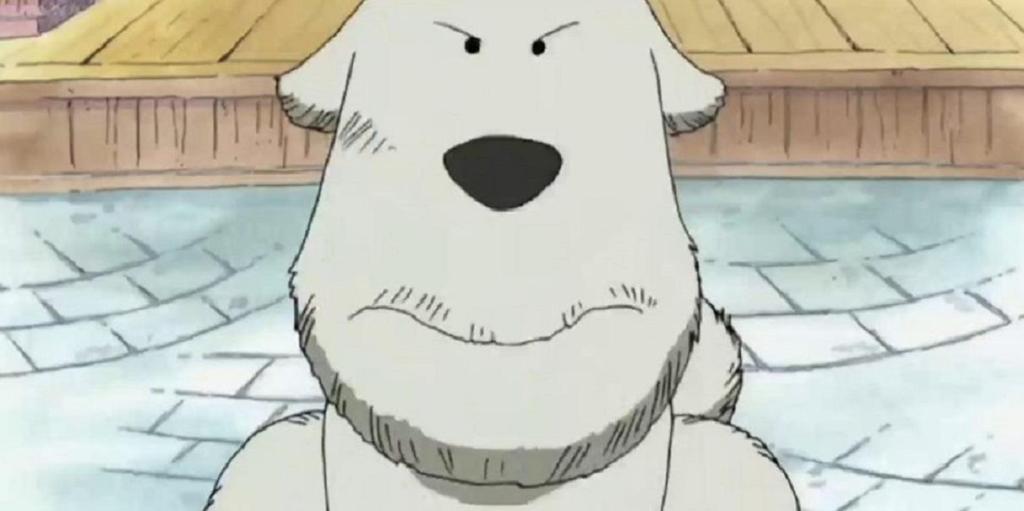
If there’s anything fans of One Piece love more than life itself, it’s their obscure characters, and two characters at the very top of that list are Chouchou and Gaimon, and the live-action adaptation does both of them incredibly dirty. While Chouchou’s role in the Orange Town Arc is reduced to a 5-second cameo, Gaimon is absent entirely. While they may just seem like some dog and a weird man stuck in a chest, Chouchou and Gaimon represent One Piece’s core theme of how treasure is a very subjective concept, and it’s disappointing that the live-action missed out on these two opportunities to drive that idea home. More than anything, it’s a shame that One Piece’s live-action series deprived fans of Chouchou’s tearjerking backstory.
1) For Better: Making Nami’s Clothes Less Revealing

One Piece’s sexualization of its female cast is something that has been criticized for decades, and Netflix’s live-action finally takes the initiative to right that wrong, starting out with Nami’s wardrobe. Many of Nami’s outfits in the live-action still retain the same essence of the original, just with more coverage, and it goes a long way to portraying Nami in a more serious light. Furthermore, the live-action has also drawn inspiration from Oda’s early character drafts and color spreads from One Piece’s manga, proving the series’ dedication to honoring the beloved decade-long pirate saga.
Season 2 of Netflix’s live-action One Piece arrives in 2026!
What changes in the One Piece live-action can you get behind? Tell us in the comments below!
The post 5 Things Netflix’s One Piece Changed for the Better (& 5 for Worse) appeared first on ComicBook.com.



